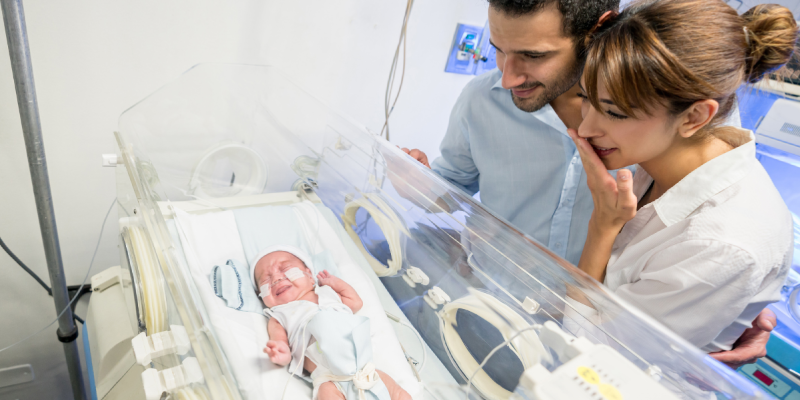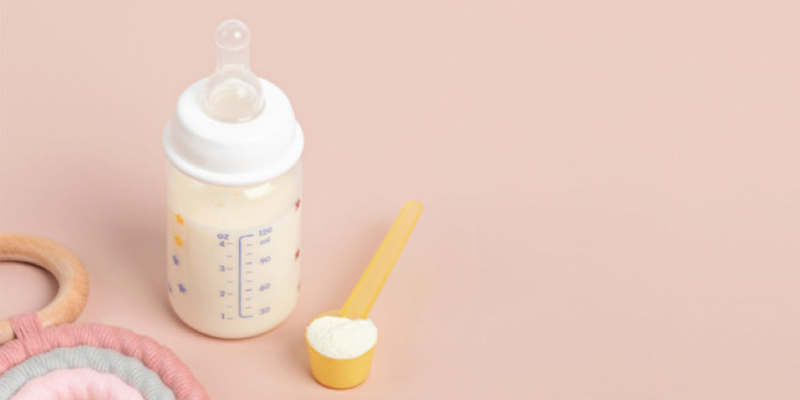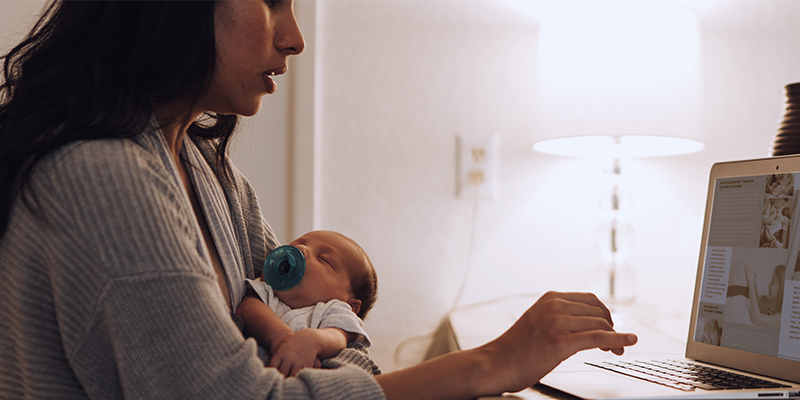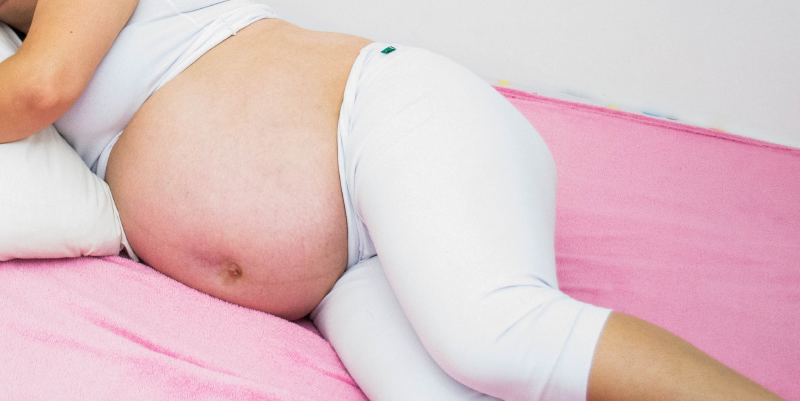Diastasis Recti During and After Pregnancy
During pregnancy, there are a number of symptoms, complications, side effects, and more that a woman may need to worry about, along with the help of her medical provider. Many of them are commonly known, like morning sickness, hyperemesis gravidarum, preeclampsia, etc. However, there’s always a handful of conditions that pregnant women are surprised to learn about during their pregnancy like cholestasis of pregnancy (say what?). These are symptoms that aren’t household names, and can feel a little more taboo to talk about.
One of these conditions is called diastasis recti. If you haven’t attended a pre- or postnatal exercise class, you likely haven’t heard of it at all. It’s a condition that affects roughly two thirds of pregnant women. Here’s what diastasis recti is and ways you prevent it from happening.
What is diastasis recti?
Put in simpler terms, diastasis recti is an abdominal separation, or when your belly pushes out between the left and right abdominal muscles. It can actually also be not-so-affectionately known as the “mommy pooch.”
Diastasis recti occurs during pregnancy, because the growth of your baby puts pressure on your belly, which then causes the muscles in front to lose their shape and separate. It can lead to lower back pain, constipation, and even a much harder vaginal delivery.
Can I keep it from happening?
While there’s no guaranteed way to completely prevent diastasis recti, there are a few things you can do to limit your chances of it!
Don’t focus on abs. Wait, what? It may seem backwards, but not putting a focus on ab exercises can actually help to prevent diastasis recti. Putting additional strain and pressure on those abdominal muscles by working them can put you at a higher risk for diastasis recti as opposed to a lower risk. Instead, work your entire body, and don’t isolate an individual body part.
Wear support. Use a belly band as you grow during pregnancy. This helps to support your bump, and therefore, take pressure off of that abdominal wall. Belly bands also work great at preventing lower back pain and the pulling of your bump as it lowers for delivery.
Move “correctly.” During pregnancy, you’ll need to be aware of that extra weight of your belly, and adjust your movements accordingly. When you’re getting out of bed, bending down, lifting anything, etc., you’ll need to be careful how you’re doing those movements. You can work with your medical provider or trainer who is certified in prenatal to find the correct modifications for you.
Wear a postpartum girdle. Yes, you can still be at risk after delivery. Make sure you’re using the support you need even after your little bundle has arrived.
What if I already have diastasis recti?
Depending on the severity of your separation, there may be things you can do to correct it. If it has separated too much, you may need additional surgical help or physical therapy. The best way to know is by speaking to your doctor or midwife.
If it’s relatively mild or moderate, gentle exercises targeted for this exact condition are the best way to help. Don’t have a pre- or postnatal certified trainer? You can actually find some good resources on Youtube! These videos should consist of gentle exercises targeted at minimizing the separation and strengthening your abdominal wall. You should also learn breathing techniques to help with the exercises.
Understanding your body, taking care of it during pregnancy, and staying in close contact with your healthcare provider are all the best ways to limit and prevent diastasis recti. But if you do end up having it, there are plenty of ways to get through it with minimal challenge to the rest of your pregnancy and beyond.
Join the other 1,000,000+ expecting mamas who love Bump Boxes.


















